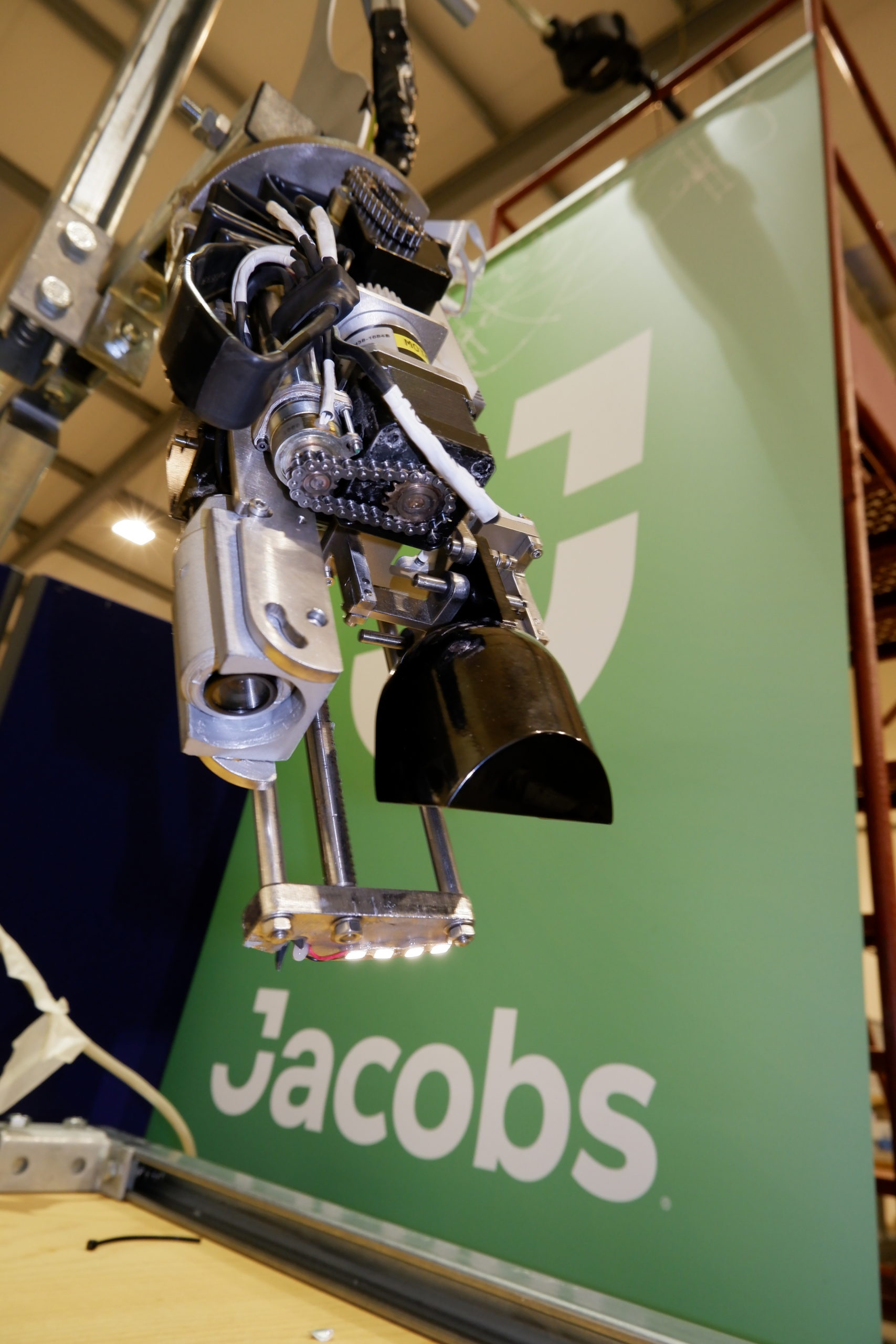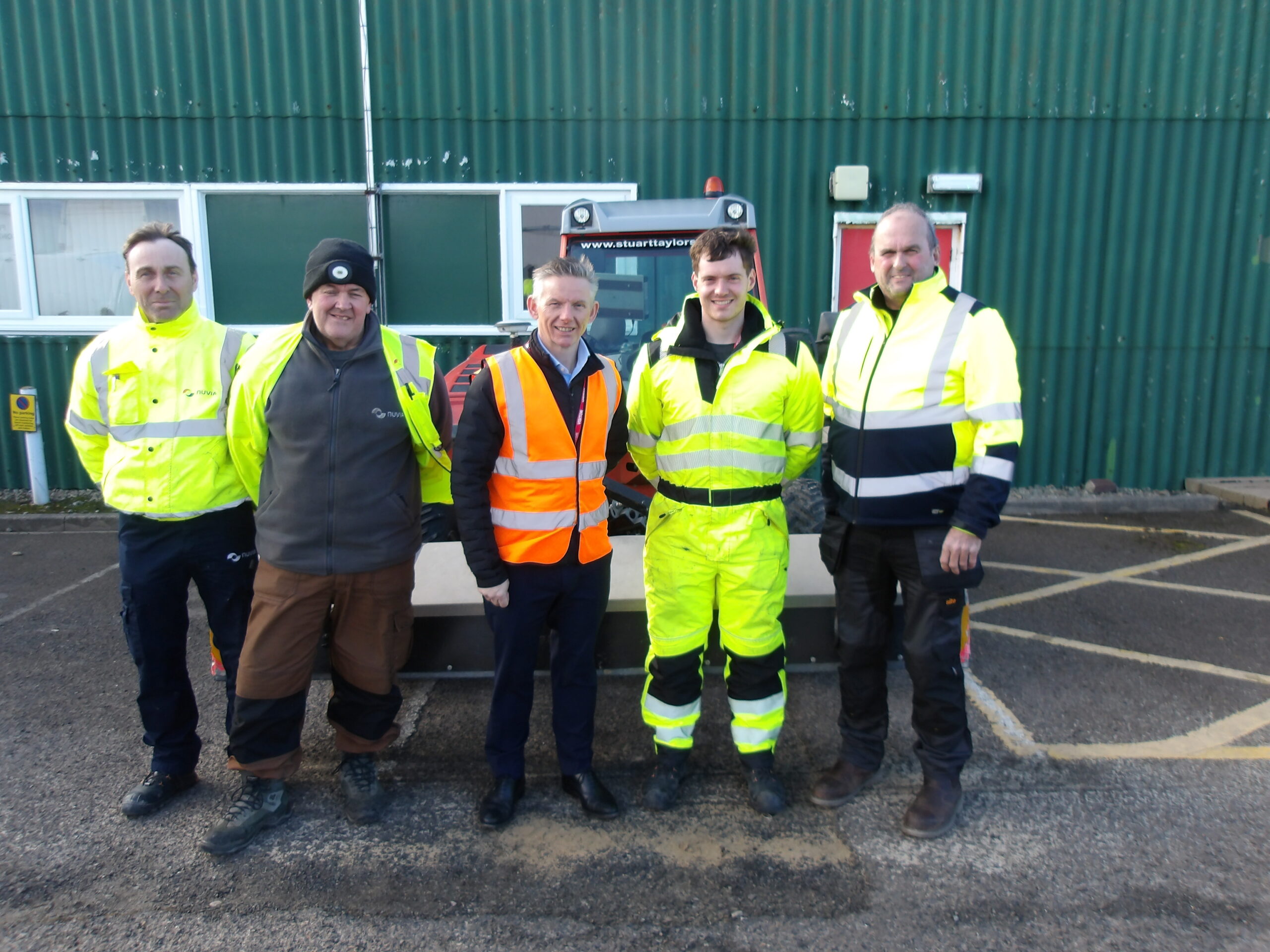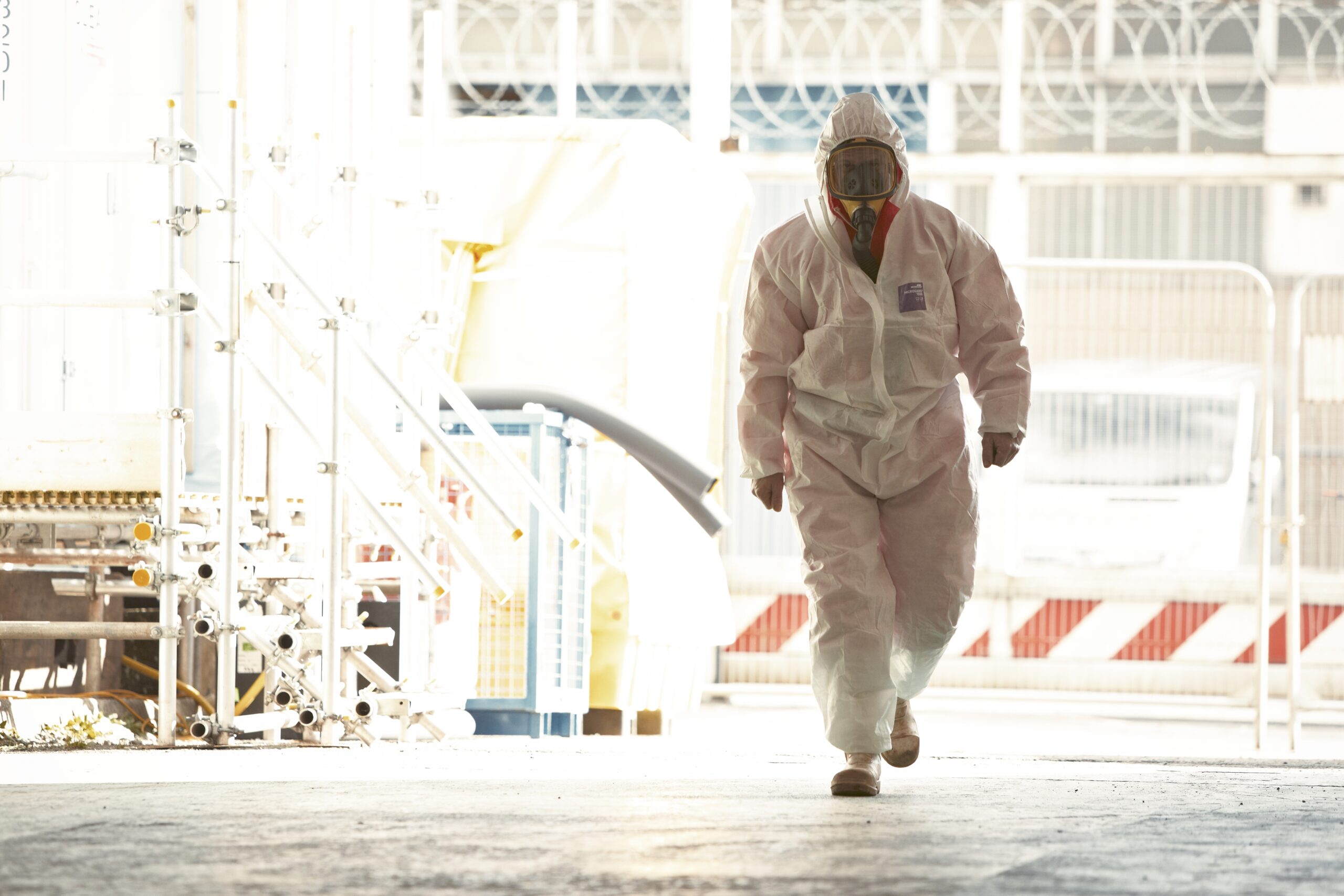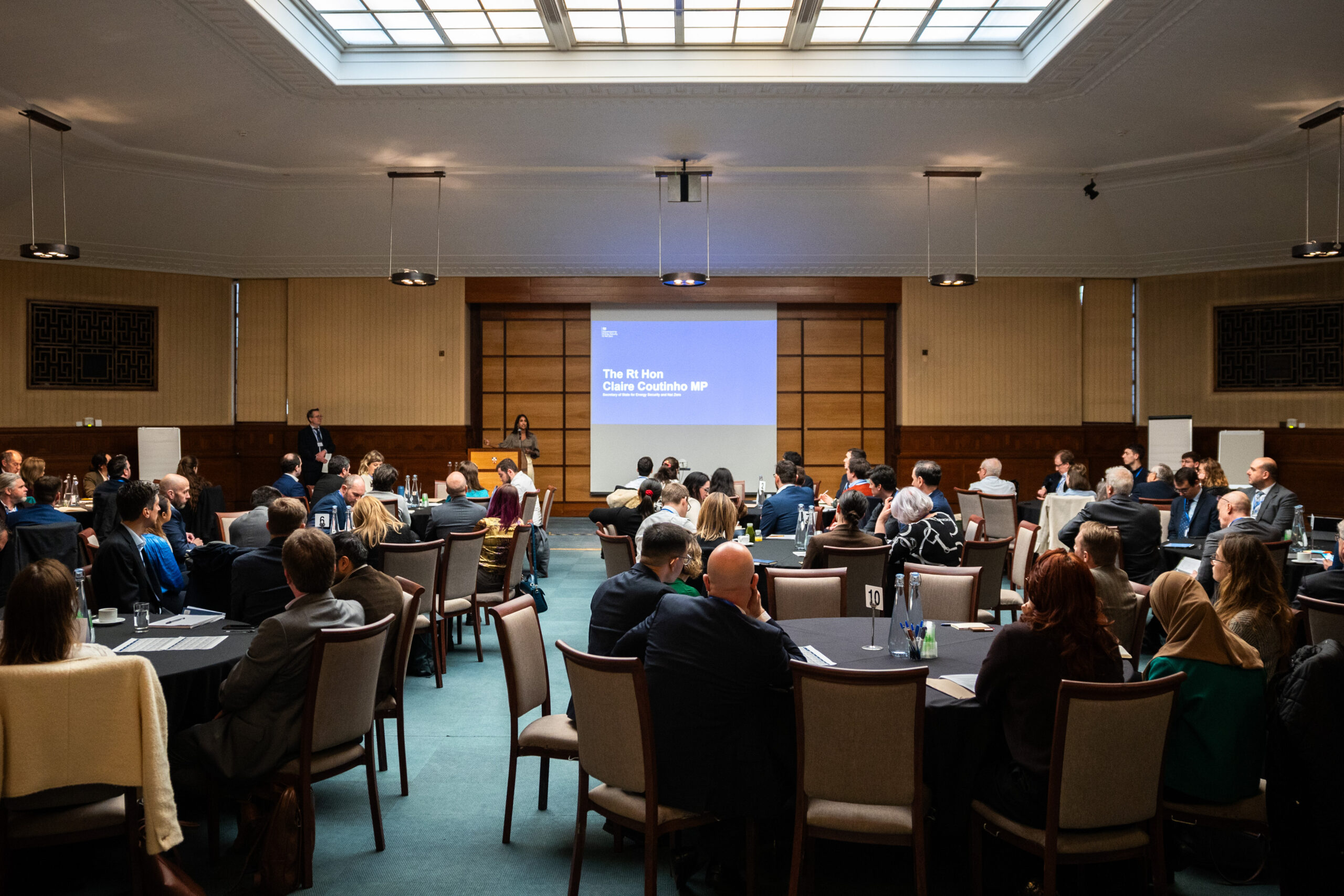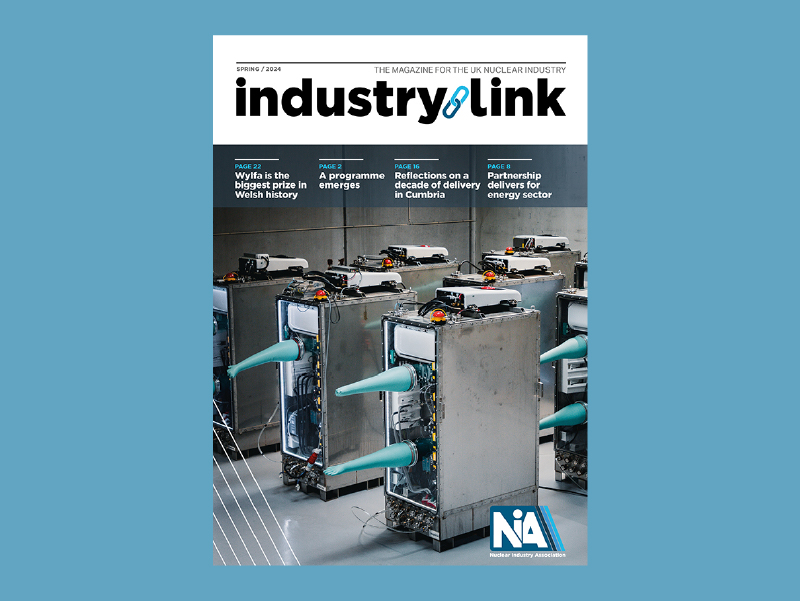Harnessing innovation to support complex nuclear cleanup
Jacobs has designed and built a robotic tool to obtain crucial information about the state of a damaged nuclear power reactor at Fukushima Daiichi in Japan.
The remotely operated device will collect pebble-like debris that was deposited at the bottom of the reactor containment vessel after the meltdown caused by the earthquake and tsunami in March 2011.
A prototype of the device has passed extremely demanding factory acceptance and performance tests to meet the requirements of Mitsubishi Heavy Industries (MHI), which is leading the project to develop the tool. It is expected that, following selection in Japan, a radiation resistant version will be built that will be able to carry out the important task of retrieving samples from the highly contaminated reactor.
Jacobs Energy, Security & Technology Senior Vice President Karen Wiemelt said:
“This is a prime example of how we are combining innovative engineering and deep nuclear knowledge to help decommissioning agencies meet the challenge of transforming legacy sites into a safe end state.”
The exact nature of the debris is currently unknown, and examination of the retrieved debris samples will provide crucial data for the next steps in the clean-up and decommissioning of the Fukushima reactors.
Designed by Jacobs’ engineers in the U.K., the robotic tool had to meet more than 300 functional, operational, performance and geometric requirements. It also had to be small enough to enter the damaged containment vessel and pick up sand and pebbles up to 10 millimeters in size by deploying a bucket-style retrieval device.
Trials have shown that a remote operator, guided by images from a built-in camera, will need no more than eight minutes to insert the device into the containment vessel and retrieve debris samples, thus minimizing the impact of radiation damage on the functioning of the device.
MHI implemented this project through the International Research Institute for Nuclear Decommissioning, supported by funding from Japan’s Ministry of Economy, Trade and Industry.
ENDS
